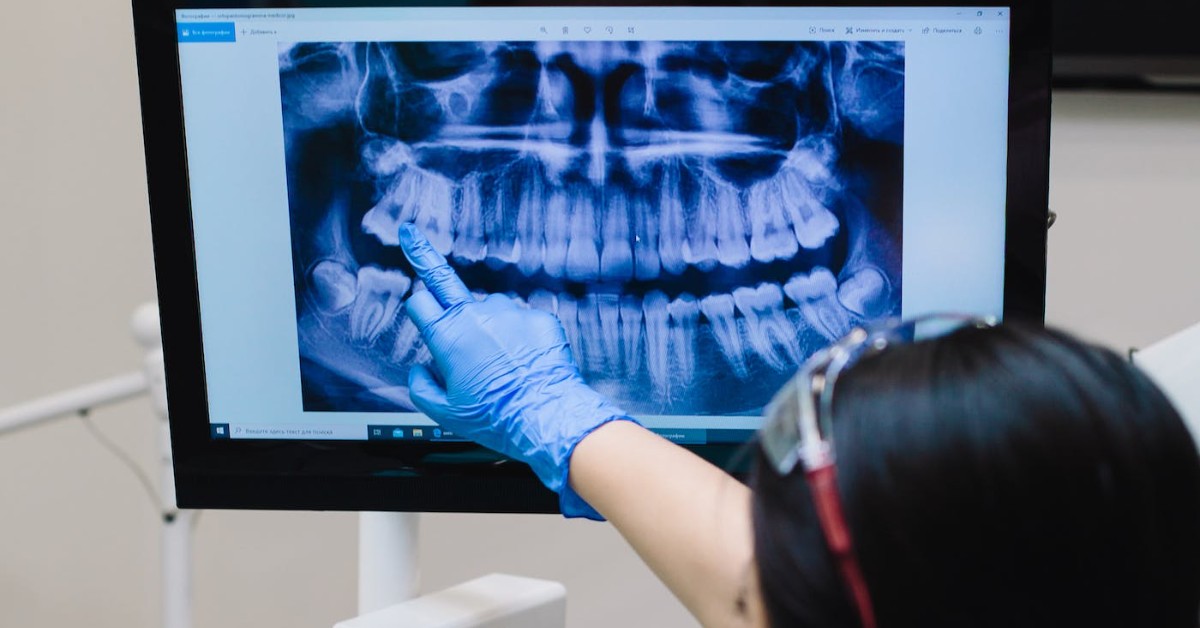
Dental X-Rays and Radiology Programs: Everything You Need to Know
Dental x-rays are a crucial tool for diagnosing and treating dental problems. With dental radiology programs, dental professionals can gain the necessary skills to take and interpret these x-rays. Here is everything you need to know about dental x-rays and dental radiology programs.
Dental X-Rays Explained: How Do They Work?
Dental x-rays use a small amount of radiation to produce images of your teeth, bones, and soft tissues. The x-ray machine emits a beam of radiation that passes through your mouth and onto a film or digital sensor. The amount of radiation you’re exposed to during a dental x-ray is very low and considered safe.
There are several types of dental x-rays, including bitewing, periapical, panoramic, and cone beam. Each type serves a different purpose and provides unique information about your dental health. Bitewing x-rays, for example, are used to detect cavities between teeth, while panoramic x-rays give an overall view of your mouth and jaw.
Consequences of Not Getting Regular Dental X-Rays
Without regular dental x-rays, dental problems can go undetected and untreated. This can lead to more serious issues down the line, such as advanced gum disease, tooth decay, and even tooth loss. By getting regular x-rays, your dentist can catch these problems early and prevent further damage.
Radiation During Dental X-Rays
Of course, dental x-rays only use a small amount of radiation. The amount of radiation you’re exposed to during a dental x-ray is typically less than what you’re exposed to during a flight or a day out in the sun. However, if you’re pregnant or have certain medical conditions, you should let your dentist know before getting an x-ray.
How Frequently to Get Dental X-Rays
The frequency of dental x-rays depends on your individual dental health needs. Some people may need x-rays every six months, while others may only need them once a year. Your dentist will determine how often you should get x-rays based on your age, dental history, and current oral health.
Study Dental Radiology at the Westchester School for Medical and Dental Assistants
If you’re interested in learning how to take and interpret dental x-rays, consider enrolling in a dental radiology program. The Westchester School for Medical and Dental Assistants offers a comprehensive dental radiology course that covers topics such as radiation safety, equipment operation, and image interpretation.
In our program, you’ll learn how to take x-rays using both film and digital technology. You’ll also gain hands-on experience in a dental office setting, preparing you for a career as a dental assistant or hygienist.
Get in touch with us today to learn more and enroll.